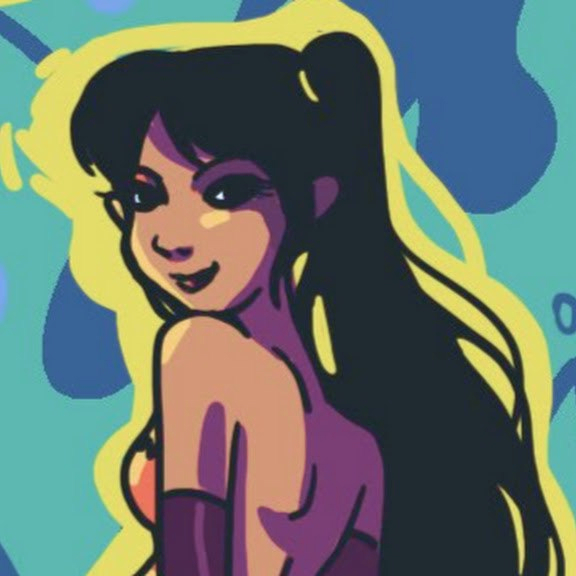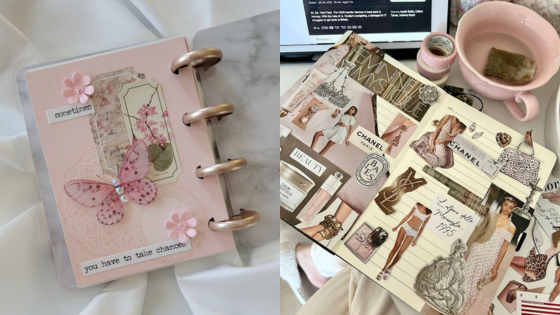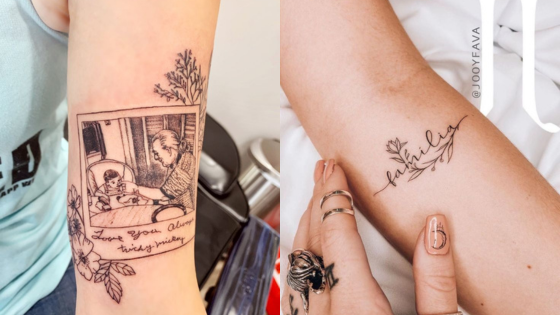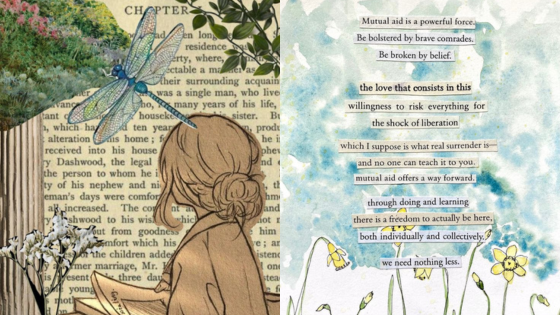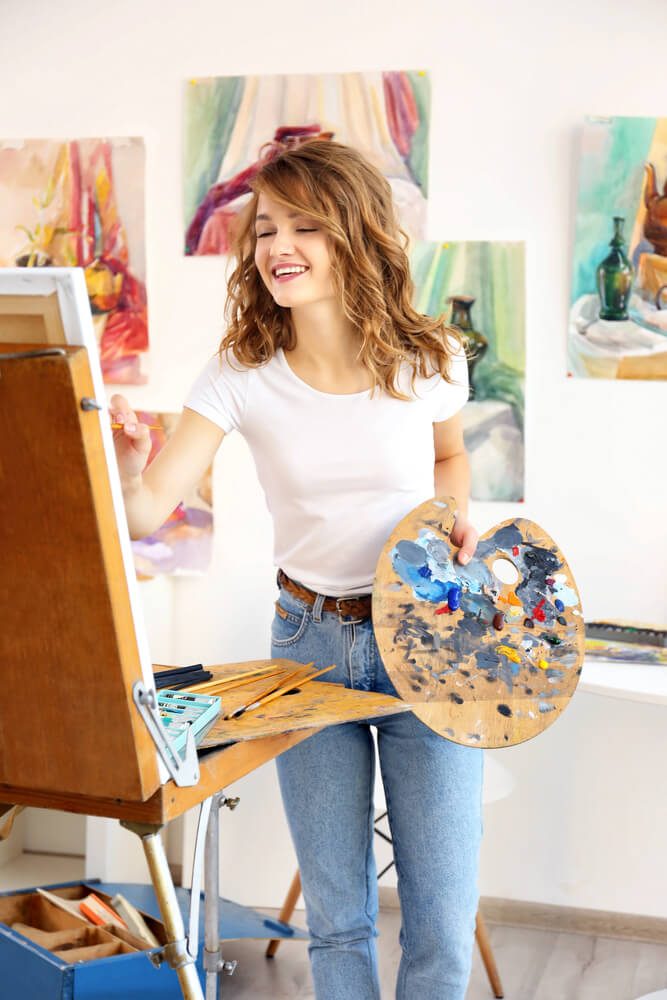
Art serves as a mirror, reflecting your personality, emotions, and values. Engaging in creative expression, whether through painting, music, or other art forms, offers a unique journey of self-discovery. By exploring these reflections, you gain deeper insights into your character and motivations, fostering personal growth and a stronger connection with yourself.
Exploring the Connection Between Art and Identity
Art can serve as a powerful mirror that reveals personal values, tastes, and even historical contexts. Through creating or engaging with art, you may discover deep insights into your own identity and how it intertwines with diverse artistic expressions.
How Art Reflects Personal Values
Art embodies personal values often hidden in our daily lives. When you create art, choices in color, form, and subject often echo what you hold dear. These elements can subtly reveal priorities or beliefs.
Viewing art can trigger reflections on your own values. Think about why certain pieces resonate with you more than others. Is it the themes, the emotions they evoke, or the underlying messages? These connections often illuminate aspects of your identity.
Identifying With Artistic Styles
Different artistic styles can act as extensions of your personality. Are you drawn to the boldness of abstract art, the precision of realism, or the fluidity of impressionism?
Your preferences can highlight aspects of your character, such as your love for structure or chaos. By identifying your style preferences, you gain insight into how you perceive and interact with the world.
Art as a Historical Self-Portrait
Art also provides a glimpse into your unique historical context. Pieces you create or admire can reflect societal issues and personal experiences relevant to specific times in your life.
Consider how your art might capture a particular moment or emotion. Elements like historical influences or cultural backgrounds can enrich self-awareness, connecting personal history with wider cultural or historical narratives.
Interpreting Art to Uncover Hidden Aspects of Yourself
Engaging with art invites a deeper look into your psyche, allowing exploration of your subconscious, personal symbols, and color influences. This journey reveals parts of yourself that often remain hidden in everyday life.
Subconscious Imagery in Art
When you analyze art, especially your own creations, subconscious elements often emerge. These can manifest through imagery that you might not consciously choose. The portrayal of certain figures, scenes, or abstract forms often speaks volumes about your underlying thoughts and feelings.
Consider art that resonates with you emotionally. What is it about the image that captures you? By reflecting on these connections, you can uncover significant aspects of your subconscious mind. These revelations might involve hidden desires or unresolved emotions seeking expression.
Using art as a reflective tool is like holding a mirror up to your inner world. Pay attention to recurring themes or motifs across different pieces, as they may serve as a personality traits, unlocking deeper truths about your personality and personal history.
Symbols and Motifs as Personal Signifiers
Symbols in art often carry personal meanings that can differ significantly from their traditional interpretations. Your choice of symbols and recurrent motifs can act as markers of your subconscious mind. These elements reveal much about your personal values, beliefs, and experiences.
Reflect on the symbolism present in art that captivates you. Analyze what specific motifs consistently appear in the artworks you are drawn to or produce. These could be as simple as flowers or as complex as intricate abstract shapes.
How do these symbols relate to your personal narrative? By analyzing the presence and repetition of symbols, you can gain insight into hidden parts of your identity and emotional state. This exploration can be a powerful tool for self-discovery and personal growth.
Color Psychology and Personality
Colors evoke emotional responses and can significantly influence how you perceive art. By studying the colors you are drawn to, it becomes possible to gain insights into your personality and emotional tendencies. Each color carries psychological connotations that may align with certain aspects of your character.
For example, blues might indicate a calm, introspective nature, while reds could suggest passion and intensity. Examine the colors that frequently appear in your favorite artworks or your own creations.
Consider how these colors reflect your moods, feelings, or personality traits. Evaluating your responses to color can provide another layer of personal insight, revealing emotions or characteristics you might not always recognize in yourself.
Creative Expression as a Means to Self-Understanding
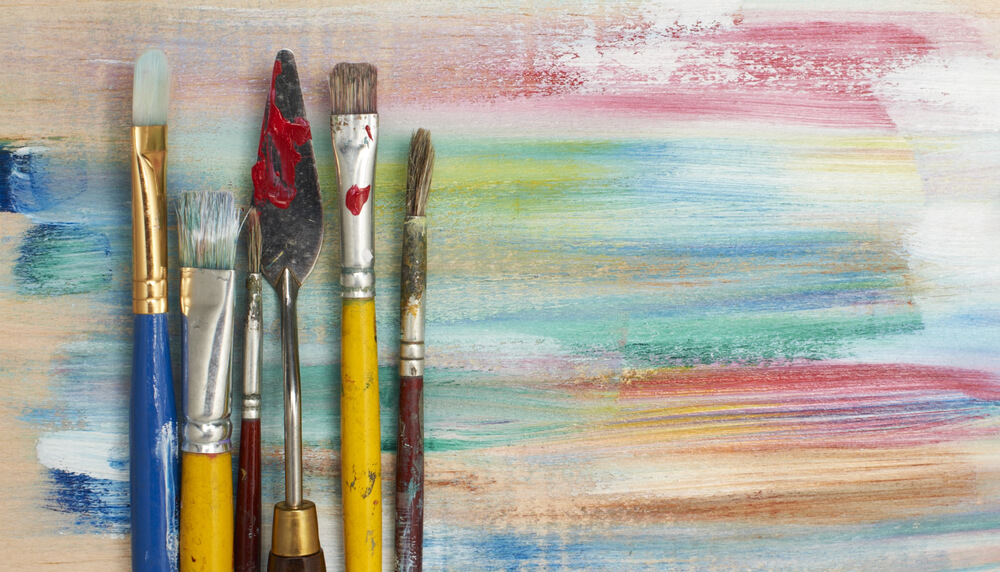
Engaging with art offers a unique pathway to explore your own identity. Through creativity, you navigate emotions, challenge self-perceptions, and grow in unexpected ways.
Embracing Creativity without Judgment
When you create, it’s vital to approach the process with openness. Let go of expectations about perfection or external validation. This space of non-judgment allows for authentic expression of your thoughts and feelings. It’s akin to looking into a mirror that reflects your inner world without distortion.
Accepting this can be liberating, allowing you to explore parts of yourself that may remain hidden under judgment’s weight. By freeing yourself from the constraints of what art “should” be, new avenues for personal reflection are revealed naturally.
The Process of Art-Making and Personal Growth
Art-making is not just a product-oriented process. It is a journey that fosters personal growth. Engaging in creative activities encourages you to step outside of your comfort zone. This exploration aids in developing resilience and adaptability.
Each stroke or word written is a step in understanding yourself better. You gain insights into your reactions, preferences, and emotional states. This not only bolsters self-awareness, but also enhances emotional intelligence, helping you navigate complex emotional landscapes with ease and grace.
Sharing Your Art and Receiving Feedback
Sharing your creations with others opens new doors for understanding. It invites a dialogue that can lead you to see your work—and yourself—in new lights. Feedback, when approached with an open heart, becomes an invaluable tool for growth.
The insights gained from others’ perspectives can illuminate unseen facets of your personality. Engaging in this discourse also builds confidence and promotes a sense of community, reinforcing the value of your creative journey. Discovering more about yourself becomes a communal affair, enriching both personal and shared experiences.
Conclusion
Art provides a unique and transformative pathway to self-discovery, acting as both a mirror and a guide to your inner world. By engaging with creative processes, analyzing symbols, exploring color psychology, and embracing personal expression, you uncover hidden layers of your identity. This journey not only deepens self-awareness but also fosters emotional intelligence, personal growth, and meaningful connections with others. Whether creating or simply experiencing art, its reflective power helps illuminate who you are and inspires a more profound understanding of yourself and the world around you.
- 3shares
- Facebook0
- Pinterest3
- Twitter0
